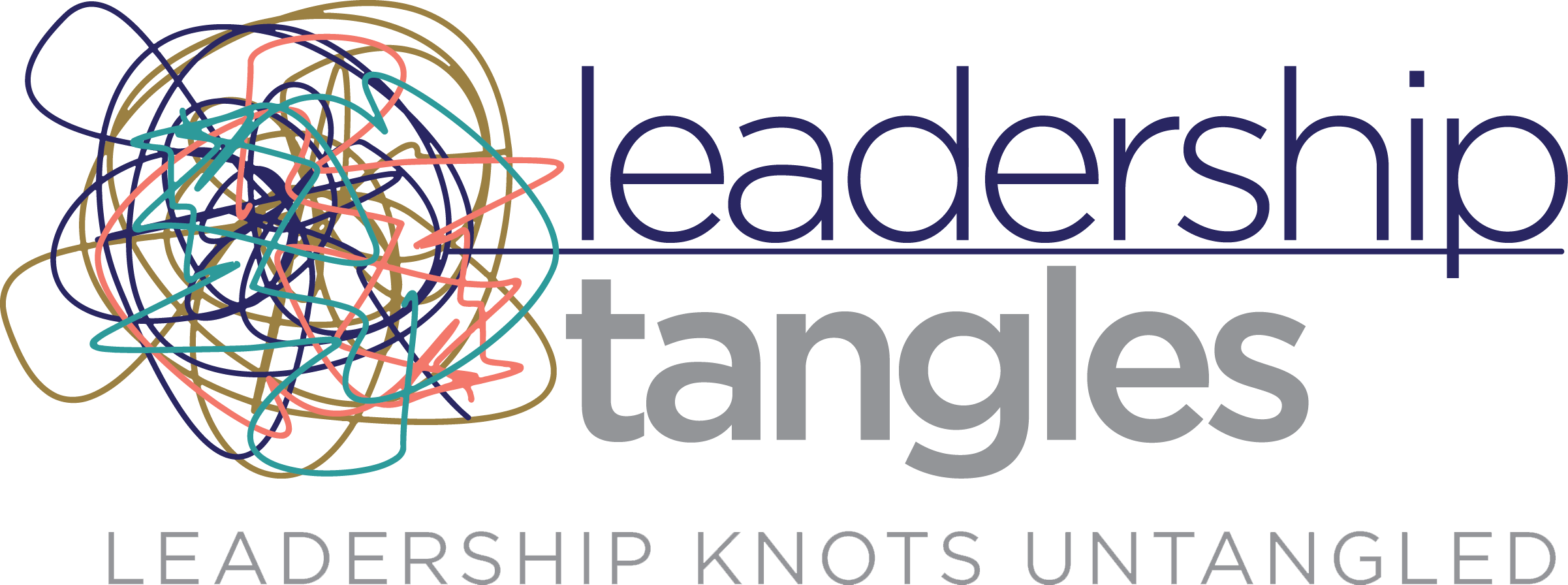
We are still within the first month of 2014 and The Chinese New Year arrives on January 31th. The Water Snake symbolized the last Chinese year and was a year of reflection. In contrast, January 31st ushers in the year of the Wooden Horse. This year is all about action. Before the era of modern transportation (think cars, jets, rocket ships), horses symbolized speedy success in China. They were the fastest means to get from one place to another. Horses also symbolize a desire for freedom, passion, and leadership. If we follow the symbolism implied by the year of the horse, we will all need to mindfully set clear goals for this year. 2014 promises to be a busy year.
What is the best way to set goals?
There is some fascinating and seminal research that provides guidance on how to set goals. Gollwitzer and Oettinger are researchers at NYU. Their research suggests that when we set goals related to our own interests and personal values, learning new skills, and connecting more closely with friends and within our communities, this leads to positive well-being and higher life satisfaction. On the other hand, when we choose goals such as making money, becoming famous, and acquiring high status, we experience a reduced level of well-being. Why?
Goals such as making more money and becoming famous are not only vague; they don’t give us enough clarity to succeed. They also don’t address the social needs that we have in life such as connection and community.
So, first, we want to think about what really interests us, what skills we need and want to acquire, and our own social needs, and set our goals accordingly. For example, I have two very important goals that I want to achieve this year. I am very interested in neuroscience and its impact on leadership behavior. One goal for this year is to master three to five new coaching skills related to neuroscience research. A second goal is to make time each month to spend time with one of many good friends who I miss, and with whom I have not spent enough time. Setting goals like these two support my interests, values, career, and connection with my community and friends. They are a good start. I already feel intrinsically motivated to achieve these. Now the next step is setting Implementation Intentions, so I have a road map to pursue my goals and strategies to deal with obstacles when they arise. What goals are you intrinsically motivated to set this year?
Implementation Intentions
The notion of implementation intentions is one nugget that I have already learned and applied from neuroscience. It turns out that how we set goals is as important as the goal itself. Gollwitzer and colleagues stress that we need to set goals with what they call “implementation” intentions: when, where, and how implementation will start, and what course subsequent goals will take. This may be done by framing what they call “If-then” intentions. “If situation Y is encountered, then I will initiate behavior Z in order to reach goal X!”
When attempting to change habits and behavioral patterns, I develop the “If-then” process as an Implementation Intention. I have been experimenting with my own goals and also using this notion in my executive coaching practice. For instance, I can be reactive and anxious when under pressure to complete a tight deadline. I would like to remain calm at all times. That is a noble goal and I have had a difficult time attaining it in all crunch situations.
On the other hand, if I clarify the situation that causes me stress, and set an intention about how I will behave in that situation, I am much more likely to achieve the goal. It turns out that the executive function of our brain is set to a default mode. When under stress, I feel anxiety in the pit of my stomach. So, I have found it effective to set a goal like this. When I realize that I am close to a deadline, and feel the wave of anxiety in my stomach, and I have not gotten as far as I would like to be, I will pause, take a few breaths, and ask myself, “what is the best way to get this done?” I have found this highly effective and my anxiety has diminished. What implementation examples can you set for yourself.
More Examples of Implementation Intentions
For my goal of seeing one friend a month, the first thing I will do on the first of each month is to contact one of my friends and set a date to meet. If it doesn’t work out for that friend, I will contact another. I will set aside one lunch and /or evening a month for these meet ups. The key here is that I have clear tasks assigned to specific situations so I exactly know if, how and when I will acquire the task which will be in support of my goal.
For my goal of mastering three to five coaching skills related to neuroscience, I will set aside 15 minutes three times a week, on Monday, Wednesday, and Friday mornings, to read either a chapter in one of the neuroscience and coaching books I have on my shelf and/or articles I have in my electronic files. I will add notes to a coaching practices journal that I keep for myself. What implementation intentions can you set for yourself?
Add Mental Contrasting When Creating New Goals
Here is another piece of wisdom to further ensure successful goal attainment, what Gollwitzer and colleagues call ‘Mental Contrasting’ versus ‘Indulgence’ or ‘dwelling.’
Mental Contrasting occurs when we decide if we really can commit to the task. We do this by reflecting on the benefits of attaining the goal (closer connection with friends, even greater success in coaching) versus the present day constraints that keep us from realizing them (busy schedule, time to take on one more thing). We need to ask ourselves how realistic it is to regularly accomplish the tasks that we have set out for ourselves in our implementation goals. Gollwitzer and colleagues recommend that we pause for a moment, and reflect. Doing this exposes our own truths. In my two examples, I would realize my own limitations in committing to set aside one lunch and/or dinner a month to meet a friend, and how I sometimes have early morning meetings and/or calls on Mondays, Wednesdays, and Fridays. Indulgence would be blindly convincing myself even though realistically I know what usually happens during a typical month (a lot!), and how realistic it is for me to commit to the goals. I could then make some adjustments to ensure my success.
Combine Mental Contrasting with Implementation Intentions
A powerful way to ensure behavioral change is combining Mental Contrasting with Implementation Intentions. First set goals that you are really committed to and that are realistic for you to achieve. Then, design your goals with enough specificity (if-then) so that you will overcome natural resistance and habitual responses.
According to Gollwitzer and Oettinger, we are more likely to reach these goals and achieve greater life satisfaction because we set goals that align with my interest, and values. Additionally, by taking the extra step to set clear Implementation Intentions that support our process, we are likely to succeed.
What do you want to accomplish this year?
When you integrate mental contrasting strategies with implementation intentions, they support a powerful behavior change intervention. This year, you also have the support of Wooden Horse for action. If you are looking for ways for create new habits that will ensure your success, this is the year.
Pick a gratifying destination, stay on track, and stay safe. My wish for you is your most rewarding year ever!





